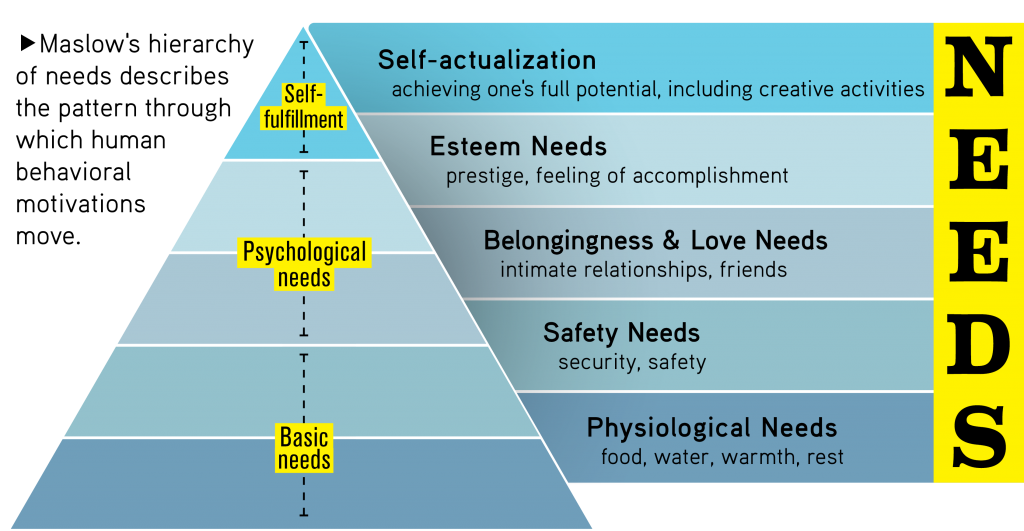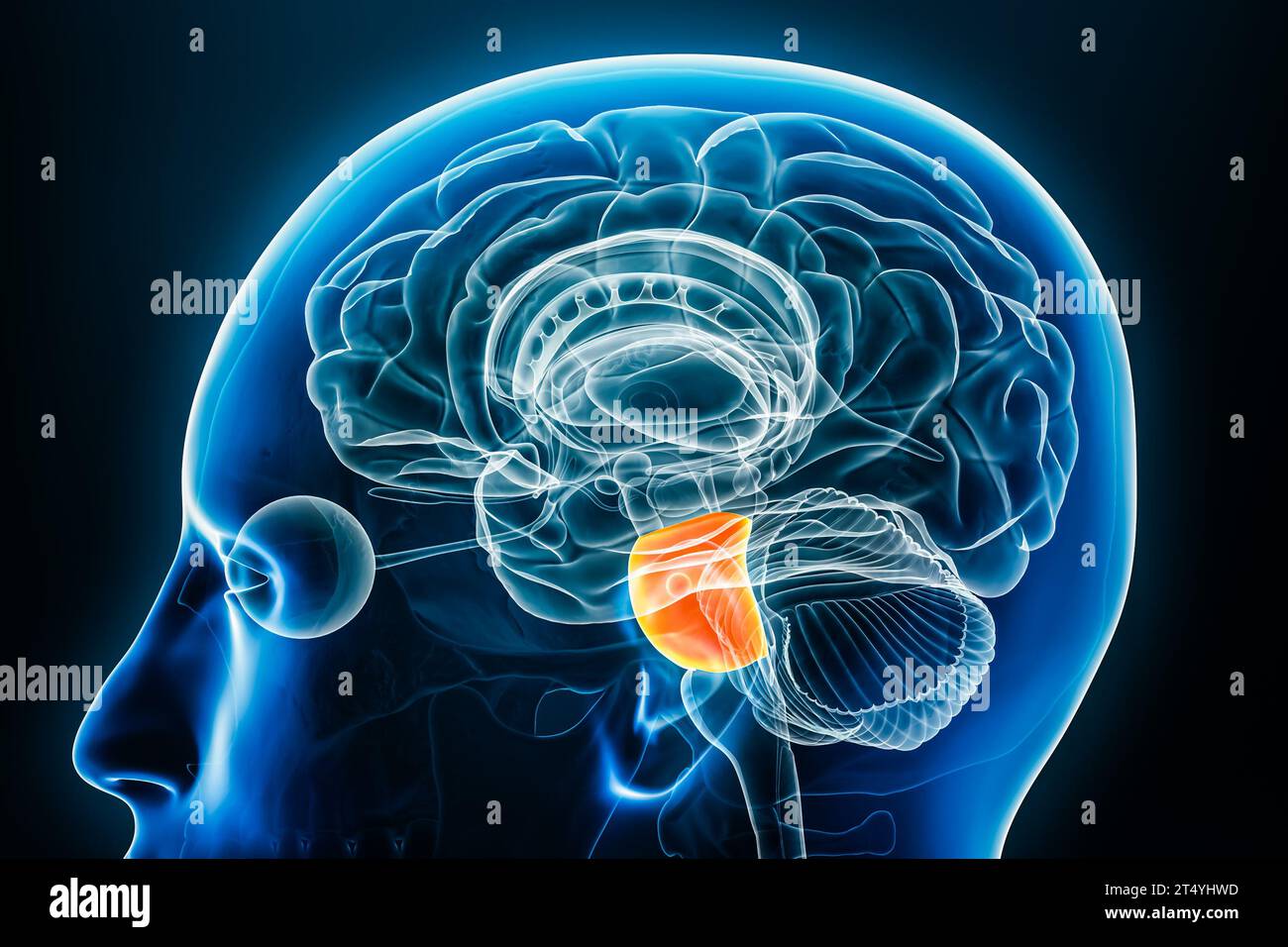However, 9 only works up to a certain point. Once your item sprints past the $500 mark, consumers will no longer be charmed into buying by simply ending it “9,” “5,” or “0”—that is, until you get to $900, at which point the spark briefly flares up until you get past the $1,000 mark. According to a Huffington Post article, only 25 percent of expensive homes had a list price ending in 9. But even at the 2-digit mark, the magic of 9 slowly fades away.
The $igns of the Times
A study performed by FastCompany.com states that researchers at Cornell University found the inclusion or exclusion of the “$” sign before the price significantly affected the amount consumers spent at any one point (“$ or Dollars: Effects of Menu-price Formats on Restaurant Checks,” The Center for Hospitality Research, vol. 9 no. 8).

This explains how I’m always surprised when I get an à la carte meal from a fancy restaurant…
When customers at a café were presented with a menu with the usual “$” preceding the price, they spent X amount. When the “$” was eliminated, customers spent 8 percent more than X. Apparently, seeing the “$” sign triggered a pain-of-paying response. Customers perceived that the items for sale were more expensive than they actually are when preceded by the “$” sign.
Harvard Business School professor John T. Gourville went on the record in a New York Times article, saying that pricing success is all about the power of suggestion. There is a trend today where $5 (without the sign) appears to be replacing 99¢ as the new sweet spot, that price at which customers feel comfortable about paying without a second thought.
Rounded Numbers
A newer wrinkle in pricing psychology that affects the power of 9 is the use of numbers ending in 0, or rounded numbers. A report published in the Journal of Consumer Research (“This Number Just Feels Right: The Impact of Roundedness of Price Numbers on Product Evaluations”) indicates that consumers are now drawn to price tags with rounded numbers if they are making a purchase based on personal feelings.

Yes, that’s right: feelings. For example, if you are buying a tablet for your child’s enjoyment, you are more likely to buy one for $100 than if it was priced at $98.56. However, if you are buying the same tablet for office use (utility), you will be more likely to buy it at $98.56. Researchers believe that the five studies analysed in the report demonstrated the effect of the subjective experience on reason. In other words, people will make a purchase more often when the price “feels right.”
Balancing Truth, Love And Power –![]()

Does that sound a bit loony? Well, it’s probably not any stranger than the persistent perception that an item priced at $4.99 is $4 rather than $5. The difference is in the shift in customer preference. If you’re dealing in products that are likely to have an emotional value, e.g., stuffed toys, you could benefit from using rounded numbers rather than non-rounded prices. If you are selling office products, you can still stick to the tried-and-true “$4.99” model.

The report only confirms what the folks at Strategy-Business.com were talking about more than a year ago. They referred to a pay-what-you-want download promotion launched by the developers of the puzzle video game “The World of Goo.” This promotion was put in place to celebrate the game’s first anniversary. There were 65,000 purchases worldwide, with payments pouring into PayPal ranging from one cent to $150. What was really interesting for our purposes is that fully 61 percent of the buyers chose rounded numbers (57 percent whole numbers, 4 percent with amounts ending in 50 cents). This appears to indicate that more consumers prefer to pay rounded numbers. It certainly makes balancing a checkbook easier.
The authors of the study also looked at how consumers tipped when paying a restaurant using their credit cards. The 9,000 credit card slips studied yielded 73 percent that showed whole-dollar tip amounts, with about 8 percent rounded to the half-dollar. There was also an observed tendency to tip in multiples of $5.
In cases where the bill did not end in a round number, about 25 percent of customers made the effort to do the math so that they could leave a tip that would bring their total bill to a rounded number. Data from 1,301 different self-service gas stations yielded similar results. More than half of the sales (61 percent) were rounded numbers.
Control
These studies into customers’ price preferences that appear to contradict conventional wisdom may be attributable to the increased control that they have over where the meter stops. Self-service gas stations, credit card tips, and online commerce all turn the control over to the consumer, and the consumers are exerting it with a vengeance. Because rounded numbers are easier for the brain to process than non-rounded numbers, doing so just “feels” right.

Their preference for rounded numbers and elimination of currency signs may have been there all the time, but studying customer behavior has become much easier because the information is more easily obtained and analyzed.
Takeaway
It’s clearly important for online retailers to know pricing psychology. Overall, the oldies are still the goodies, because people don’t really change. In some aspects, however, conventional wisdom may have been just a little off when it comes to rounded numbers and the power of 9. Does this mean that we should totally nix our $9.99 offers? Not in all instances. It depends on the kind of products you are selling.
What matters is that we are constantly looking for updates that may affect how we do business, and pricing our products are service just right is an essential factor in e-commerce success. However, consider just nixing the “$” signs and see what happens.
Have you engaged in any experimental pricing strategies? What were the results? Let us know in the comments.
Discover more from Personal Blog of Richard Tong
Subscribe to get the latest posts sent to your email.





I really liked your blog post.Much thanks again. Awesome.
Hmm is anyone else experiencing problems with the images on thisblog loading? I’m trying to determine if its a problem on my end or ifit’s the blog. Any feed-back would be greatly appreciated.
Hello there! This is my first visit to your blog! We are a team of volunteers and starting a new initiative in a community in the same niche.Your blog provided us useful information to workon. You have done a marvellous job!
Hi there, after reading this remarkable post i am also cheerful to share my experience here with friends.
Awesome blog.Thanks Again. Much obliged.
Really appreciate you sharing this blog post.Really looking forward to read more. Awesome.
A round of applause for your blog post. Will read on…
Thank you ever so for you post.Really thank you!
Muchos Gracias for your article. Keep writing.
Major thanks for the blog article.
I am so grateful for your article post.Thanks Again. Great.